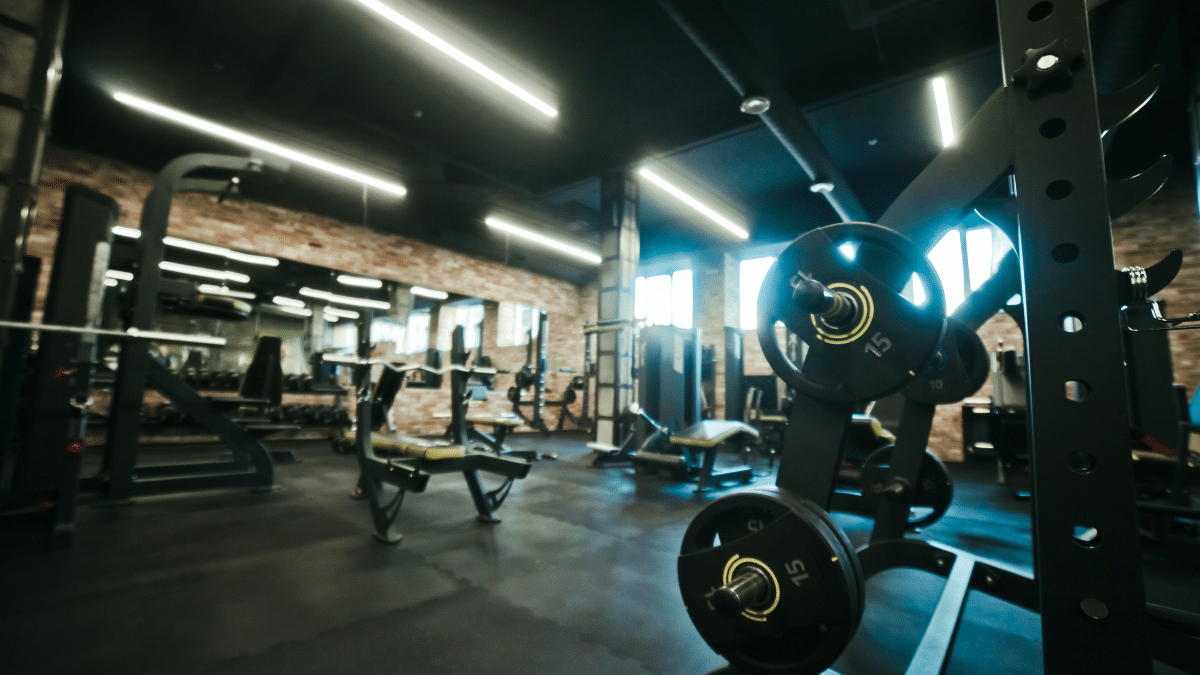
How to select exercises for muscle growth • Stronger by Science
Few topics in the gym spark as much debate as exercise selection. In fact, exercise selection-related content tends to do better, in terms of analytics, than nearly any other training-related content.
On one hand, you’ll find lifters who argue that all exercises are interchangeable, optimal doesn’t exist, and that exercise selection doesn’t matter provided you train hard enough. On the other end of the spectrum, some lifters chase the “perfect” exercise, usually based on a tenuous line of speculation.
To be sure, we do know – or at least suspect – a few things about what makes an exercise more effective for building muscle. The best exercises:
There’s definitely some wiggle room within these criteria – not to mention individual considerations like injuries, preference, and so on – but they represent good exercise selection practices.
The truth is, though, that chasing the perfect exercise may be a relatively fruitless endeavor. After all, if you do more than one exercise for a muscle, you may no longer need to have one exercise achieve the best balance of the above criteria – different exercises can be used to target different criteria, achieving a balanced overall program.
Interestingly, some newer research suggests that exercises cause regional hypertrophy. Certain areas of a muscle grow more than others. This can be true on both the “different heads of the muscle” and “proximal vs distal” regions level.
Different heads: a recent study by Burke and colleagues found that while the leg press was superior for growing the biarticular vastii muscles, the leg extension was superior for the rectus femoris
Proximal vs distal: Proximal areas are closer to the origin site of a muscle, whereas distal areas are closer to its insertion site. Some research suggests that exercises that emphasise the stretch may grow distal areas more than proximal areas of a muscle.
So, how do we promote maximal, uniform hypertrophy? We use a variety of exercises. Combining exercises can overcome limitations of individual exercises and give us a greater likelihood of complete, advanced muscular development.
Beyond the usual “injuries” and “preference” factors, the exact number of exercises will likely depend on how complex the muscle is. All else being equal, the more functions a muscle group is primarily responsible for, the more exercises you’ll want to perform on a weekly basis.
The biceps, for example, are primarily responsible for elbow flexion and radioulnar supination. You probably won’t need more than 2-3 exercises per week to cover all your bases.
The back, on the other hand, has many different functions – to fully target all areas, you may well need at least 3-4 exercises per week.
When selecting exercises, it can be a good idea to select one or two exercises for each of the primary functions of the muscle per week. This will ensure you end up with a comprehensive exercise selection.
![]()


